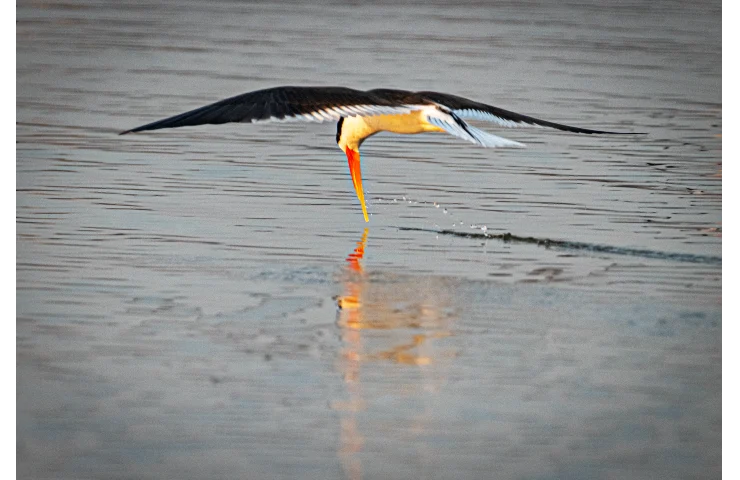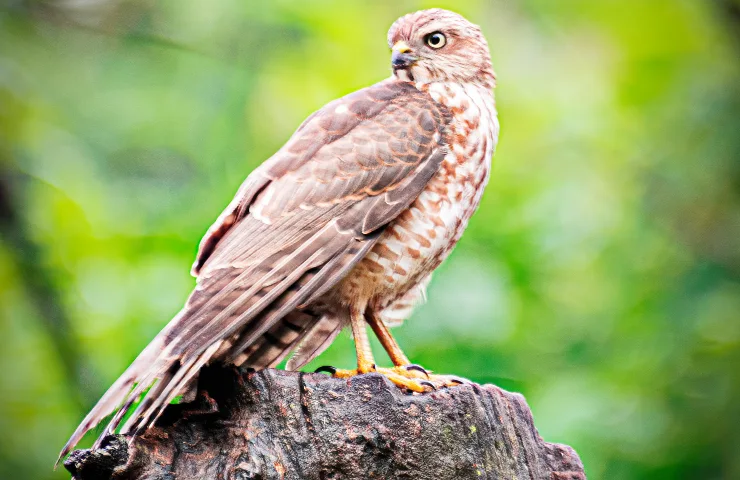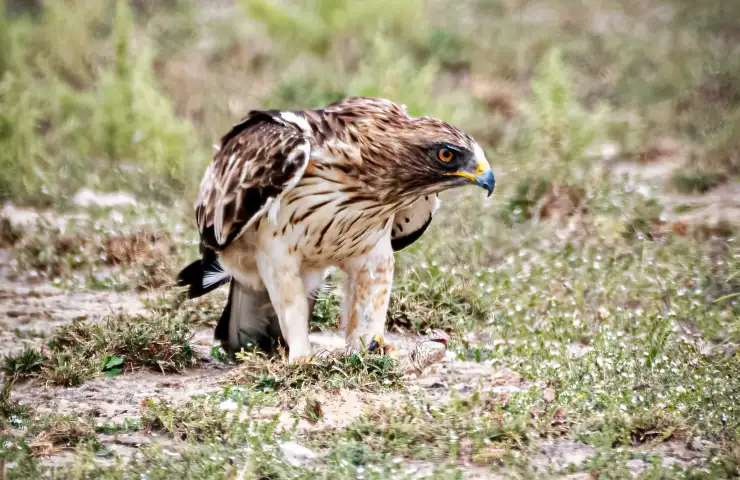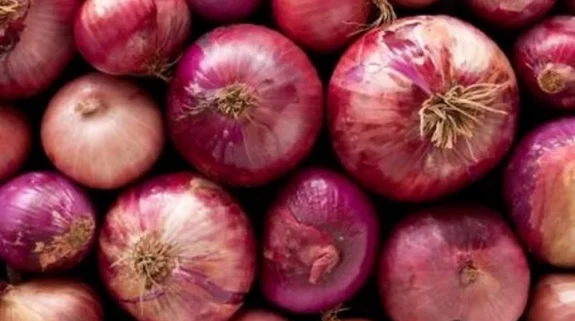“Ganga and Yamuna are holy. But there’s a lot of pollution,’’ says my guide, “Chambal is cursed, but the water is healthy. That is why those who came here once, keep coming… like the Indian Skimmers.”
Local guides tell me that about 100 Indian Skimmers have arrived, though this time their arrival was delayed by 10-15 days. Finally “they are home,” excitement is in air and despite the fear from Covid-19, birders are starting to reach to Dholpur in Rajasthan and the banks of Chambal in Uttar Pradesh and Madhya Pradesh to see these beautiful birds.

Local forest officials say, “Indian Skimmers left Chambal in the Last week of June on the onset of the monsoon as the water level started increasing in Chambal. They were expected to be back in December. These birds had gone to the coastal regions of Sri Lanka and Odisha. Now they are here for nesting in February and March. We will have to be vigilant now,” says Harender Singh Gurjar, a forest official who guards these nests with the help of locals.
The Indian Skimmer is a flamboyant indigenous wader bird. Their sharp kyap-kyap sound resonates in the entire space. They are often spotted manoeuvring on the Chambal River.
Locals call Indian Skimmers “Panchira” because of its skimming behaviour.

The Indian skimmer is a distinctive bird with an orangish lower bill that is longer than the upper one. This helps it plough the waters to catch fish, its main food. A thick, orange-yellow bill with a slightly longer lower mandible (jaw) is one of the most striking features of the Indian skimmer. It flies low over water bodies with its scissor-like beak open. As the bird flies, it feels for the prey with its lower mandible that cuts through the water surface. Finally, with a dip of the head, it scoops the prey ─ mainly fish, insect larvae, and crustaceans like shrimps.
India holds the only known remaining breeding grounds for this species and the National Chambal Sanctuary (NCS) is one among very few locations in India that hosts significant breeding populations of Indian skimmer. Elsewhere, it is limited to a handful of nesting colonies on the rivers Mahanadi and Son. There are a handful of birds recorded in Pakistan, Myanmar and other countries but no present nesting records. Bangladesh has wintering records only.
But why does this bird prefer the Chambal river? There are rivers like Ganga and Yamuna in the vicinity?

The Chambal, which is roughly 1,000-km long, originates in western Madhya Pradesh and meanders its way through Rajasthan and Uttar Pradesh before joining the Yamuna in Jalaun, a district in south Uttar Pradesh. The course of the Chambal was through forests or ravines or scrubland, away from human settlement. Hence, wildlife flourished in the river and on its banks.
The Chambal River has managed to escape widespread development and its inevitable pollution owing to the river being considered unholy. The epic Mahabharata is just one of many sources telling of ancient curses, of a ghastly river that runs with the blood of slaughtered cows, ironically saving it from the even worse fate that has befallen the other rivers around it. Chambal is a haven for some of our endangered animal and bird species, and an important part of the ecosystem. The Indian Skimmer, a fresh water bird whose colonies are now confined to the banks of the Chambal river, “Chambal is cursed but its a boon for so many mammals and birds who are on the brink of extinction and are in the red list of IUCN” says Harender Singh Gurjar.
Also Read: A touching story of Bheema and a red-throated sparrow turned bluethroat
















